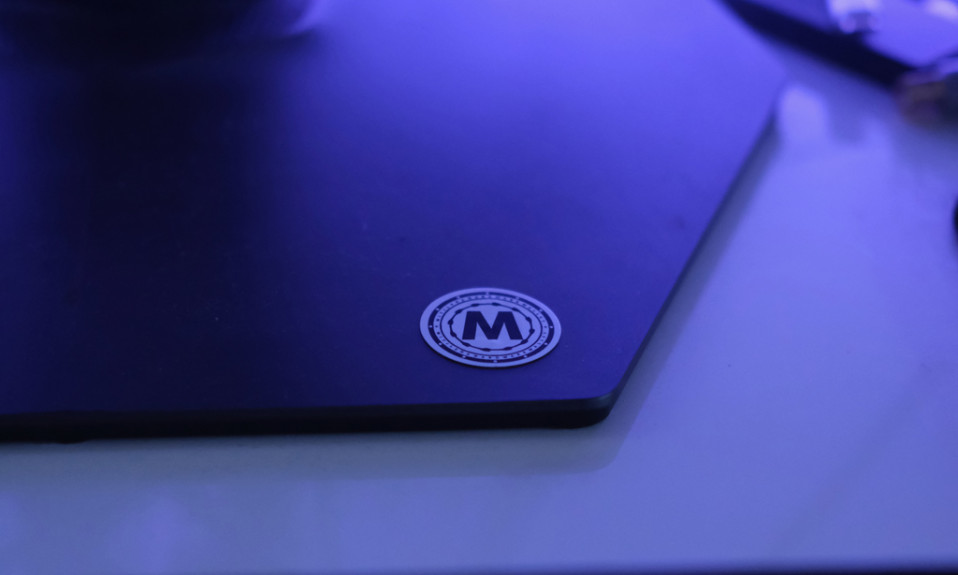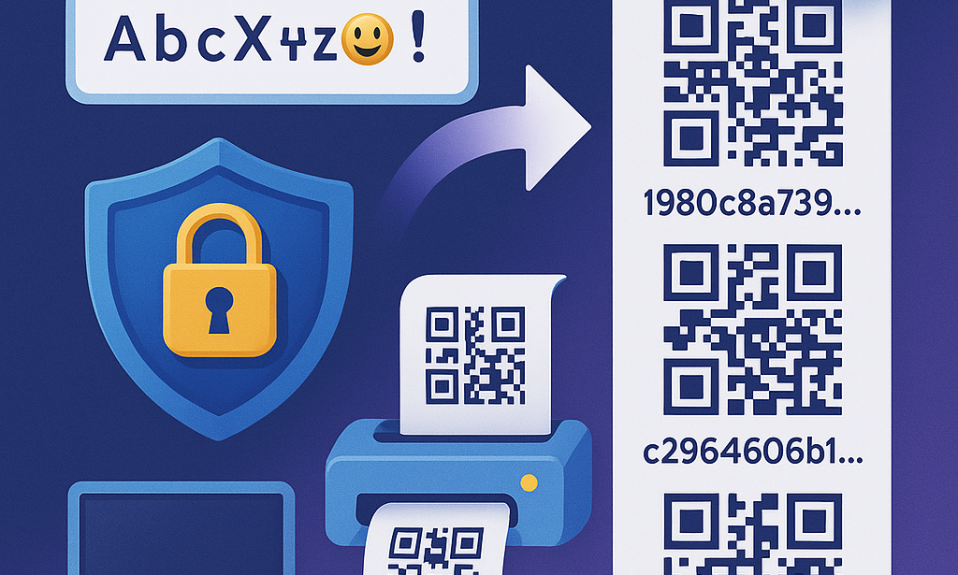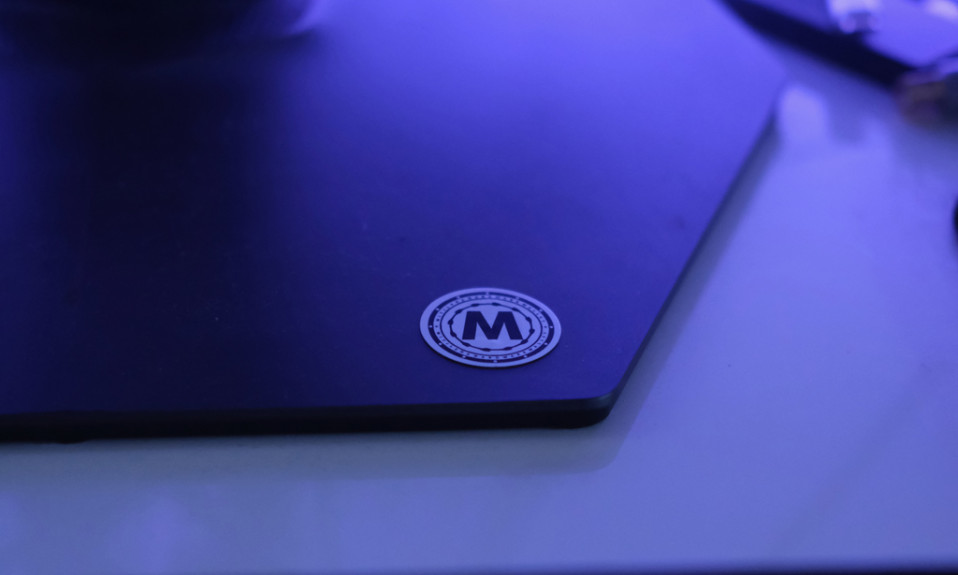Cold Wallet or Just Armor? Why USB Hardware Wallets Aren’t as Cold as You Think
In the crypto industry, the term “cold wallet” has long been synonymous with security. Popular USB devices like hardware wallets with closed firmware are marketed as a reliable alternative to the chaos of online. But dig deeper and you’ll find: it’s not that simple. What they call a “cold wallet” is often just a “metal shell” with a USB cord, background processes, and firmware dependencies.
Let’s break it down point by point: what is a real cold wallet, how it differs from USB devices, and why this armor is not isolation.
What is a Cold Wallet Really?
By definition, a cold wallet is a wallet where the private key never leaves the offline environment and the device has neither direct nor indirect communication channel with the internet.
Examples of real cold wallets:
- Paper wallet (private key printed and hidden)
- Offline computer, disconnected from the network forever
- Device that receives data only through QR or NFC without transmitting back
If there’s no physical channel between you and the attacker – that’s what cold is.
Now Let’s Look at USB Hardware Wallets
These devices:
- Store the private key in an isolated chip
- Allegedly never release the key outside
- Sign transactions inside the device
But:
- They connect via USB
- They interact with a system that could be infected
- They require installation of background service processes (bridge-like components)
Doesn’t sound very “cold”, does it?
💣 Argument 1: USB = Channel, Not Isolation
If you connect a wallet by wire – you’re opening a two-way communication channel. The computer can:
- Power the device
- Send commands
- Receive responses
In practice it’s even simpler: the attacker has already tested the attack on their equipment. When you plugged in the cable – on an infected machine everything can execute automatically, in a second.
But if you keep the wallet connected to a system that’s already infected – it’s no longer a cold wallet. It’s a safe with a welding torch connected and left running over the weekend. The attacker has days to methodically brute force, scan, probe, look for exploits. And all the “armor” is just a matter of time and luck.
💥 Argument 2: Background Process = Entry Point
To work with such USB wallets you need to install a background component:
- service bridge process (!!!)
- managing desktop application
These processes hang in the system all the time, even when the device is not connected. They listen to USB ports and wait for the wallet. If you already have malware, it can:
- Use bridge as a proxy
- Replace commands
- Create a fake interaction interface
A real cold wallet doesn’t require background processes. It sits in a safe and doesn’t communicate with anyone.
And who decided these programs are secure anyway? Who checks them every day? What if at some point an employee embeds an exploit or a vulnerability appears on the update server side? This won’t just be a risk to crypto private keys – it’s a risk to the entire system, to all data on your computer.
What if, say, an employee on a regular salary was recruited? Or a criminal group infiltrated through a girlfriend? Or they just snapped and wanted to burn everything? This isn’t paranoia – it’s a classic of any attack: the insider threat.
If the entire security model depends on employees being forever conscientious – that’s not security, that’s just hope. And security isn’t built on faith.
🧠 Argument 3: It’s Just a Software Wallet in Hardware Wrapping
All this wallet does is add encryption and PIN entry, and that through an external interface. Essentially:
- It’s a regular software wallet, just with the screen output outside
- All the “cold” there is firmware that you blindly trust
- It only works when connected to a hostile environment (your system)
And let’s be honest:
- Private key sits on the device? Yes.
- Can it be read with physical access? Yes, there have been cases.
- You enter PIN directly into the device? So you have UX, so there’s firmware, so it can be hacked.
This is not a cold wallet. It’s just a hardware software wallet with a fancy screen.
🛡️ But What About macOS and Windows?
Many think:
“I have Windows or Mac, it’s not secure anyway. Better to have the key in a separate device.”
But let’s soberly assess the risks:
| Modern OS | USB Firmware | |
|---|---|---|
| Who writes it | Thousands of engineers (Apple, Microsoft) | Small team |
| Audit and independent checks | Regular, at global level | Limited, often closed |
| Updates | Constant | Rare |
| Protection | SIP, sandbox, XProtect, Secure Boot | All relies on trust in code |
If anyone’s going to be hacked first – it’s unlikely to be macOS or fresh Windows. It’ll be a device with limited firmware, background service and minimal support.
👮🏻 Trust Precedents: What If They Ask?
We’ve already seen cases where hardware wallet manufacturers stated they could “restore access” for police or other authorities if necessary. This is no joke – it’s already reality.
If a wallet can be unlocked without your PIN – it’s not cold. It’s a custodial solution in metal packaging.
✅ What a Real Cold Wallet Looks Like
Here are the signs of a real cold wallet:
- No USB connection
- No background processes
- No trust in third-party firmware
- Transaction signing happens offline
- Data is transmitted only one-way (QR, NFC)
For example, in Mitilena Offline you can take an old phone or laptop, install the app, turn off Wi-Fi and Bluetooth, and exchange only QR codes. No background apps, no services, no risk of leakage.
That’s what a real cold wallet is.
📌 Conclusion
So-called “hardware cold wallets” on USB are not cold, but just additional armor. Temporary. Fragile. And connected to your infected machine by wire.
It would be more correct to call such devices “USB wallets” or “hardware USB wallets”. Though even here there’s wordplay: after all, you sign transactions in a regular machine too – also on a hardware system: physical processor, in physical RAM, on physical disk.
The difference is in isolation. Where there isn’t any – no need to pretend there is.
Zjistěte proč USB hardwarové peněženky nejsou skutečné studené peněženky. Srovnání bezpečnosti, rizika USB připojení, procesy na pozadí a alternativy jako Mitilena Offline. USB Peněženky vs Pravé Studené Peněženky: Kompletní Průvodce Bezpečností Kryptoměn 2025








